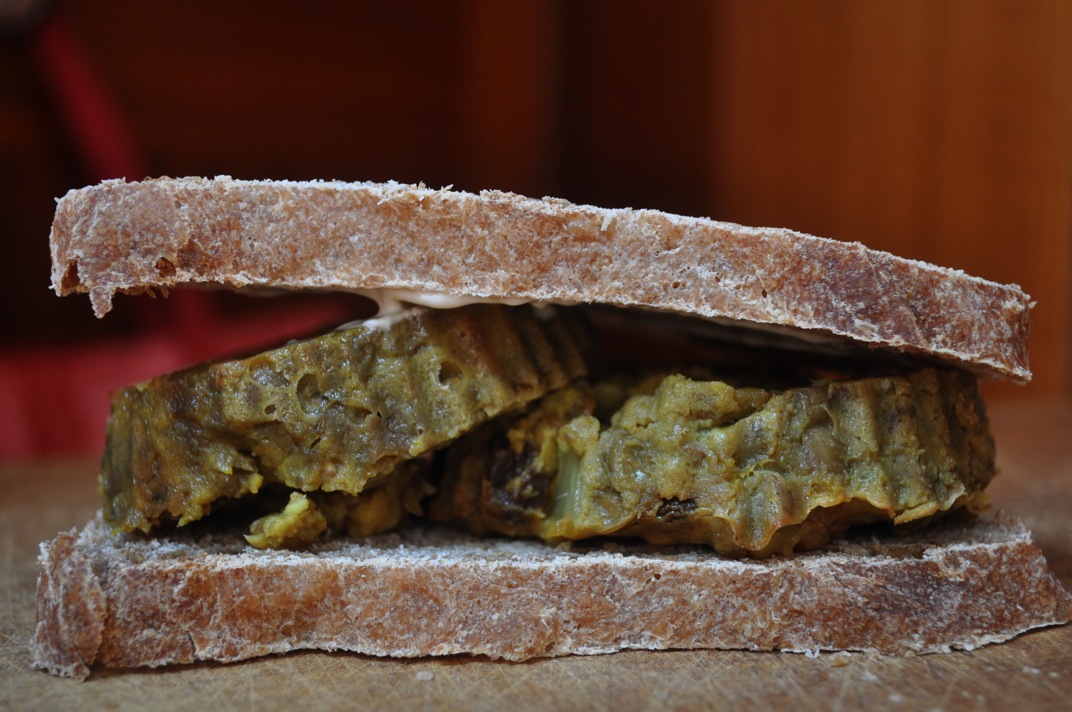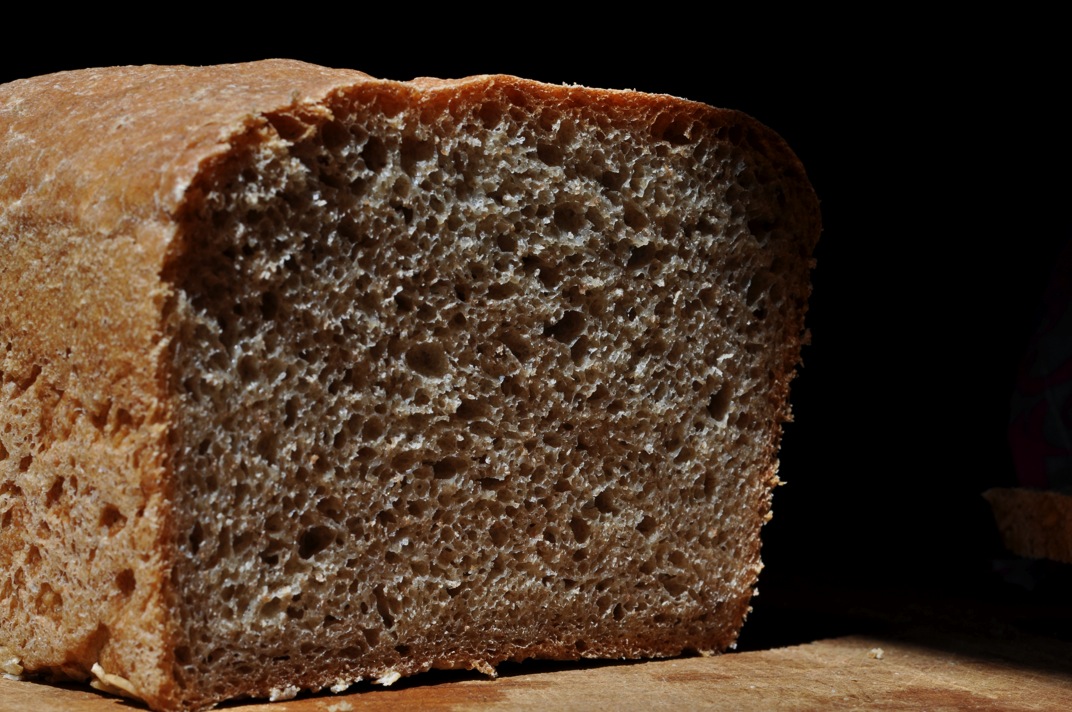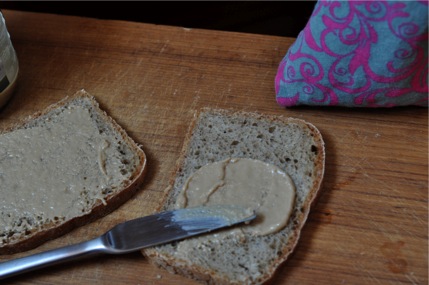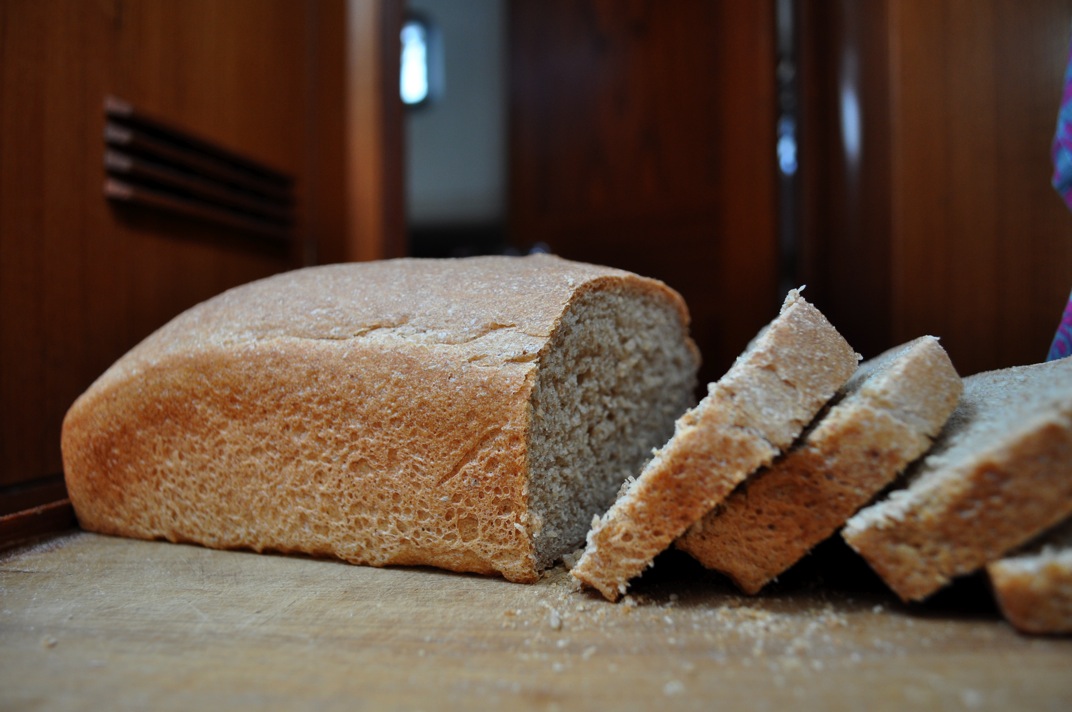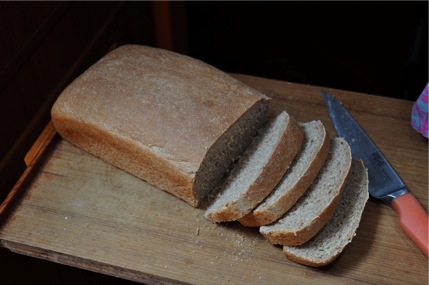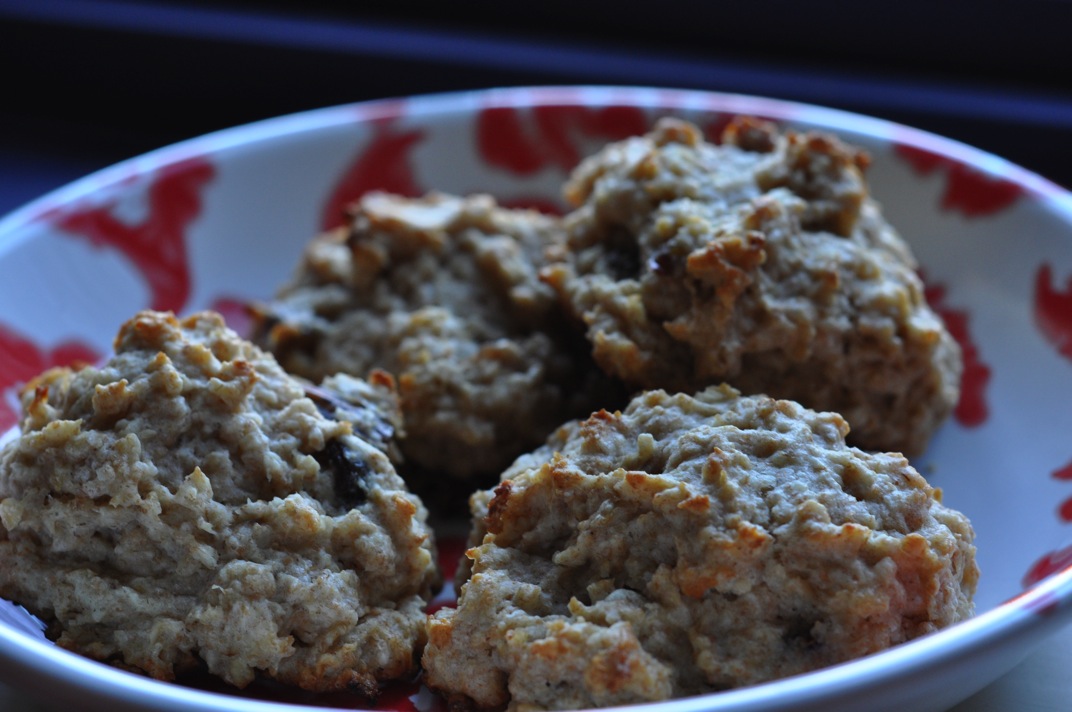
Given the choice, I usually like to start with the bad news. I won’t bore you with my sad story, though, so today I’ll start with the good stuff!
See those little brown peaks on the surface of these scones? Those are crispy mountains of buttery flavor and beneath them are melt-in-your-mouth soft, crumbly centers. All that texture and flavor came from only a small amount of butter and a generous glug of buttermilk!
I don’t know what inspired me to buy buttermilk the other day but once it was in the fridge I had to find something to do with it. While scones may not be the obvious application I think they are my new reason to buy buttermilk. As a bath for chew oats and the main liquid ingredient in the scone batter, buttermilk is a winner with all it’s tangy richness.
This was a totally spontaneous baking foray and I’m very happy with how it turned out. I think I’ll be making these scones over and over again with different mix-in combinations. Cherry chocolate chip is on the horizon!
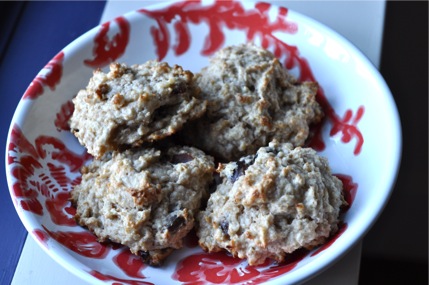
Buttermilk Scones with Dates
3/4 cup all purpose flour
1 cup whole wheat flour
1 cup rolled oats
2 tablespoons baking powder
1/4 teaspoon salt
1/3 cup butter, softened
1 1/4 cup buttermilk
2-4 tablespoons agave nectar
About 6 medjool dates, chopped
Combine oats and buttermilk in a medium-sized bowl and leave in the fridge for at least one hour.
Preheat oven to 425 degrees F.
Thoroughly mix dry ingredients in a large bowl.
Add butter in small pieces and cut it into the flour mixture using a pastry blender (two knives or a wire whisk work too).
Stir chopped dates and agave (to taste, for desired sweetness) into the buttermilk and oats (you could also add the dates at the beginning of the soak time to soften them up).
Add liquid ingredients to dry ingredients and stir until just blended. You might need to add a splash of milk to moisten things up (I did).
Spoon the batter onto a greased cookie sheet.
Bake at 425 F. for 12-15 minutes, or until your scones have little brown peaks on top.
I highly recommend eating one of these as soon as you take them out of the oven for the maximum buttery goodness!
And now for the tragedy.
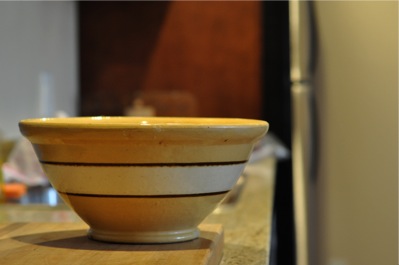
I had a major screw up in my baking few mornings ago. I blame it on the 6 am body pump class that exhausted me to the point that I could not function normally for the rest of the day. I returned from class, ate a hearty cereal, yogurt, and fruit breakfast (of course there was coffee involved too), and prepared to make something with my happy, well-fed sourdough starter.
I have been feeding my starter the night before baking with it. I mix up the sour contents of the jar in the back of my fridge and pour them into the GIANT bowl (with quite a history that I’ll get to later). Then, per my starter’s parent’s directions, I add a cup of all-purpose flour and a cup of water. After mixing thoroughly with a whisk, plastic wrap and a tea towel go on top of the bowl and I stash it away in a corner of the kitchen for the night. In the morning a cup of this mixture goes towards baking and the rest (or whatever fits in the jar) goes back in the fridge. This method has been working well for me.
I fed my starter properly on the night before the incident but the next morning I skipped a step. I was so absorbed in weighing my flour and testing the water temperature that I completely forgot to remove all but one cup of the starter to save for future baking. My entire batch of starter was half-blended with white, wheat, and rye flour plus a dash of olive oil and some water before I realized what I’d done. It’s a good thing no one was around to hear me cry.
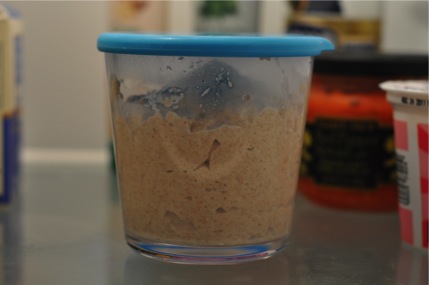
I woefully slopped some dough in my starter jar, just in case it was salvageable. So far, that dough hunk’s future looks promising. I fed it a cup of water and half a cup of all purpose flour, then filled my jar and used the rest to make pizza crust last night. The crust rose beautifully and tasted fantastic! I’m crossing my fingers for my starter’s future.

